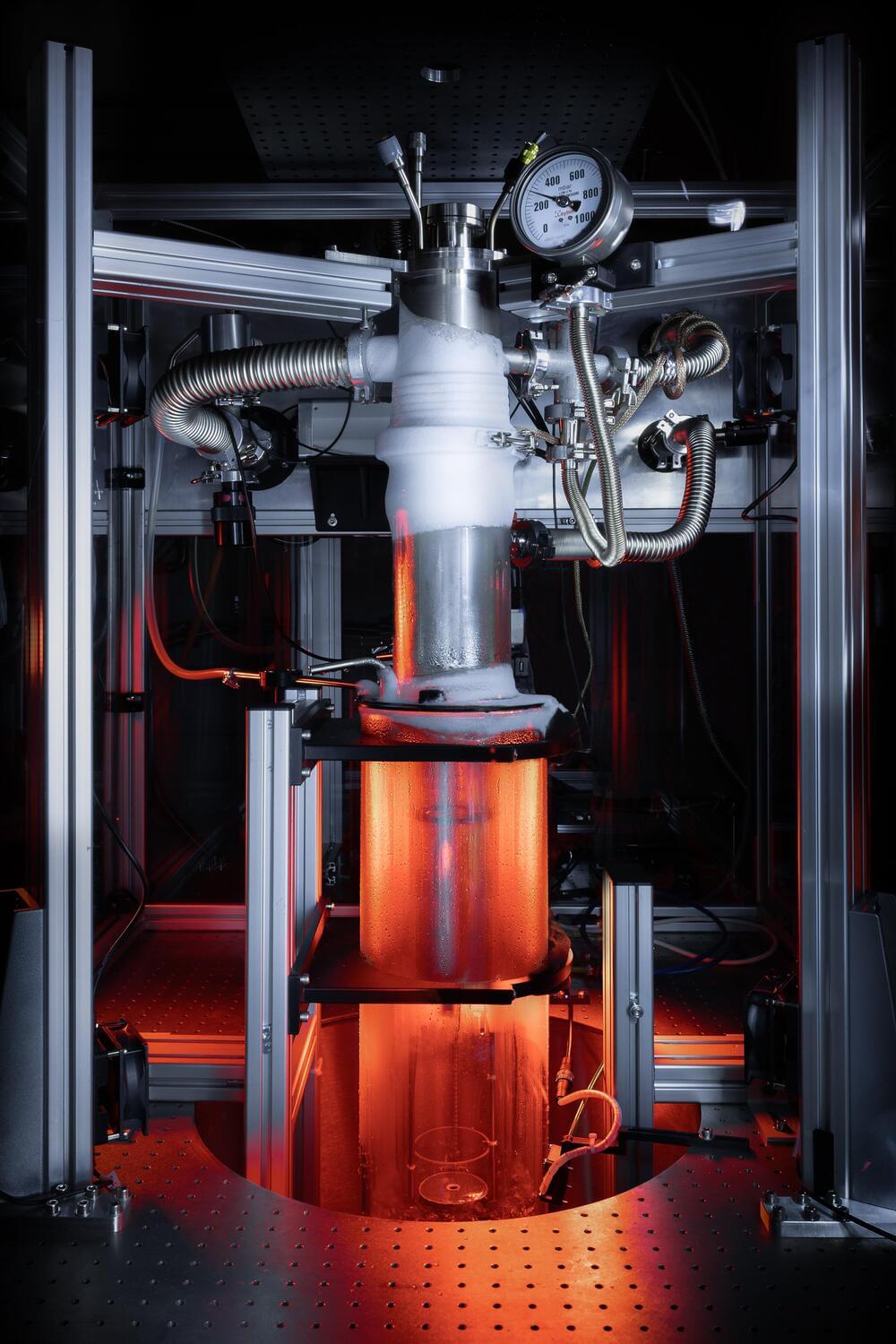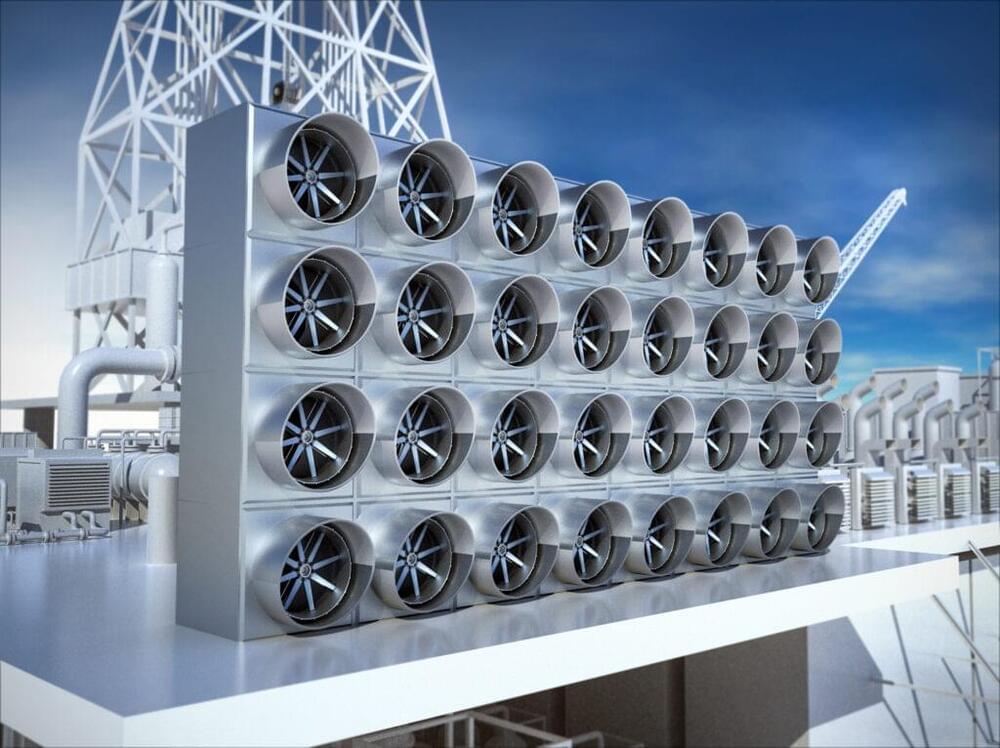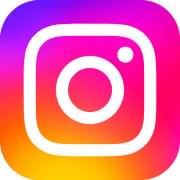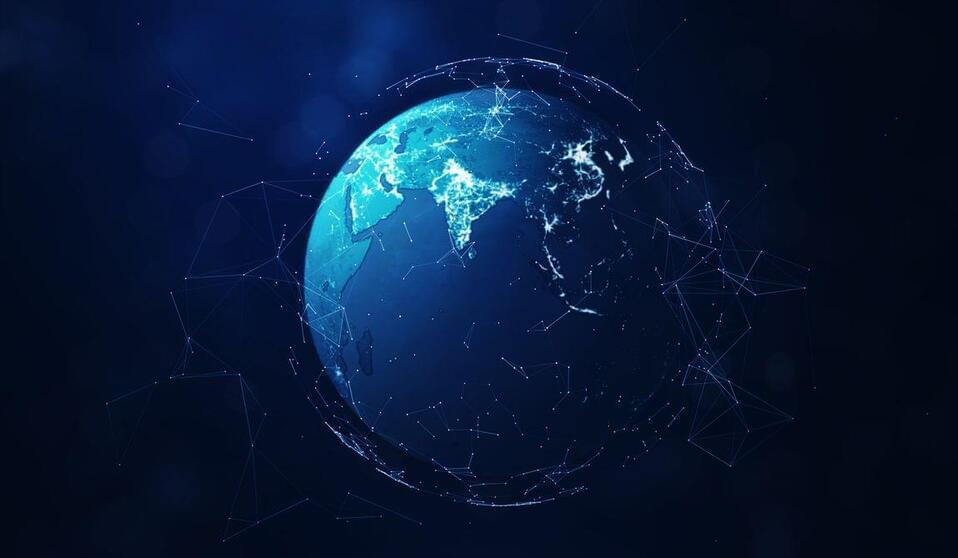Scientists have for the first time created a giant quantum vortex to mimic a black hole in superfluid helium that has allowed them to see in greater detail how analog black holes behave and interact with their surroundings.



Rivian has officially gained access to Tesla’s Supercharger network and announced that it will start shipping an adapter to its owners for free next month.
When Tesla opened up its connector to other automakers in the hope of making it the new charging standard in North America, Rivian was one of the first to jump on board after Ford got the ball rolling.
Ford was the first to gain access to the Supercharger network with a new adapter that it started to offer for free to Mustand Mach-E and F-150 Lightning owners last month.

Oregon State University scientists studying ways to filter greenhouse gases from the air recently discovered that when molecules of the metal vanadium are bound with oxygen molecules as peroxide, they can pull carbon dioxide from the air. The carbon molecules can be siphoned off using a small amount of energy that’s then funneled into other uses, like making limestone for buildings or enhancing the atmospheric carbon in greenhouses, accelerating plant growth.
The process could help improve nascent technologies in capturing carbon dioxide from the air to slow the impacts of global climate change. The discovery was published in the journal of the Royal Society of Chemistry in December.
Carbon dioxide is responsible for about two-thirds of the atmospheric heating causing global climate change, and it is primarily released in the burning of fossil fuels for energy, according to the National Oceanic and Atmospheric Administration.

It’s hard to imagine that a Ford F-150 Lightning out there already has nearly 100,000 miles on its odometer. Especially since they’ve only been on the roads since late May of 2022. That’s less than two years ago, yet here we have a Ford F-150 Lightning owner reporting on his electric truck with 93,000 miles on the odometer.
He’s owned this F-150 Lightning for 21 months now, so that works out to an average of 4,429 miles driven per month or about 53,000 miles yearly. And while that’s certainly a lot of driving, what’s perhaps most interesting is the battery health of the electric pickup truck.


GRINDAVIK, Iceland (AP) — A volcano in Iceland erupted Saturday evening for the fourth time in three months, sending orange jets of lava into the night sky.
Iceland’s Meteorological Office said the eruption opened a fissure in the earth about 3 kilometers (almost 2 miles) long between Stóra-Skógfell and Hagafell mountains on the Reykjanes Peninsula.
The Met Office had warned for weeks that magma — semi-molten rock — was accumulating under the ground, making an eruption likely.

EPFL researchers have discovered that nanoscale devices harnessing the hydroelectric effect can harvest electricity from the evaporation of fluids with higher ion concentrations than purified water, revealing a vast untapped energy potential.
Evaporation is a natural process so ubiquitous that most of us take it for granted. In fact, roughly half of the solar energy that reaches the earth drives evaporative processes. Since 2017, researchers have been working to harness the energy potential of evaporation via the hydrovol~aic (HV) effect, which allows electricity to be harvested when fluid is passed over the charged surface of a nanoscale device. Evaporation establishes a continuous flow within nanochannels inside these devices, which act as passive pumping mechanisms. This effect is also seen in the microcapillaries of plants, where water transport occurs thanks to a combination of capillary pressure and natural evaporation.
Although hydrovoltaic devices currently exist, there is very little functional understanding of the conditions and physical phenomena that govern HV energy production at the nanoscale. It’s an information gap that Giulia Tagliabue, head of the Laboratory of Nanoscience for Energy Technology (LNET) in the School of Engineering, and PhD student Tarique Anwar wanted to fill. They leveraged a combination of experiments and multiphysics modelling to characterize fluid flows, ion flows, and electrostatic effects due to solid-liquid interactions, with the goal of optimizing HV devices.

Computer graphic simulations can represent natural phenomena such as tornados, underwater, vortices, and liquid foams more accurately thanks to an advancement in creating artificial intelligence (AI) neural networks.
Working with a multi-institutional team of researchers, Georgia Tech Assistant Professor Bo Zhu combined computer graphic simulations with machine learning models to create enhanced simulations of known phenomena. The new benchmark could lead to researchers constructing representations of other phenomena that have yet to be simulated.
Zhu co-authored the paper “Fluid Simulation on Neural Flow Maps.” The Association for Computing Machinery’s Special Interest Group in Computer Graphics and Interactive Technology (SIGGRAPH) gave it a best paper award in December at the SIGGRAPH Asia conference in Sydney, Australia.

The Aurora supercomputer at Argonne National Laboratory in Lemont, IL, could soon be the world’s fastest. It could revolutionize climate forecasting.
LEMONT, Ill. (WLS) — This is what scientists at Argonne National Laboratory in Lemont call a node: six huge graphics processors and two large CPUs cooled with water to make major calculations a cinch.
Argonne’s new supercomputer doesn’t just have one node, 10 or 100, instead it has 10,000 of them. Each single rack of nodes weighs eight tons and are cooled by thousands of gallons of water.
